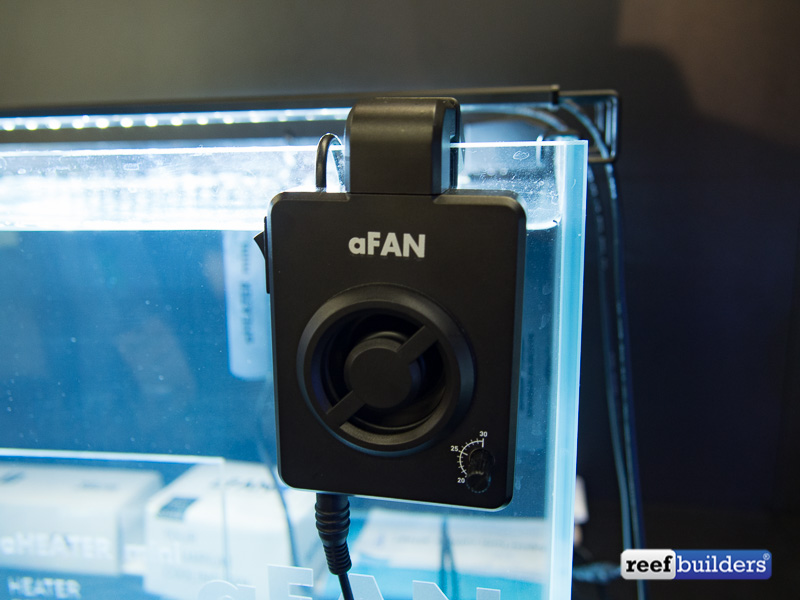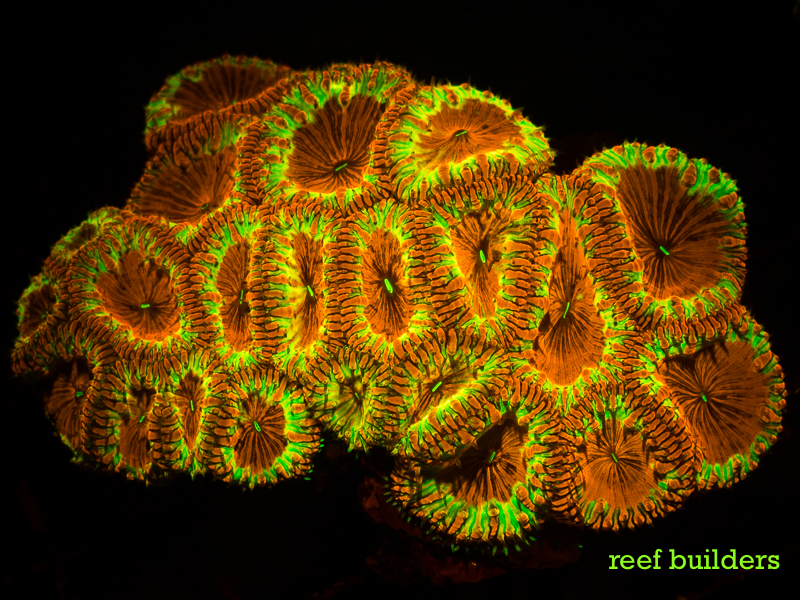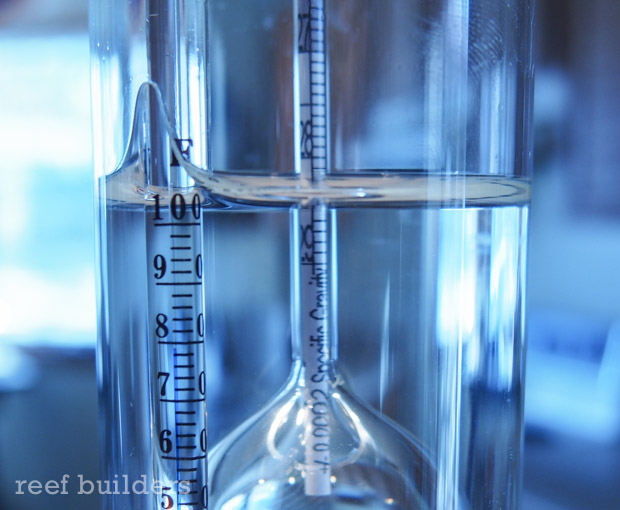Since we’re in the middle of the summer, it’s no surprise that temperatures are rising for everyone in the northern hemisphere, and the tanks that live there. It’s about this time of year that we get a lot of questions about what temperature to keep a reef tank, how to cool it down, and how hot is too hot?
The first two questions are pretty simple; 25 Celsius or 77 Fahrenheit is a good middle-of-the-road temperature to aim for in a reef tank. There’s myriad of ways to keep tanks cool in the summer, including using a chiller (expensive), evaporation (gotta keep the top off filled), or simply inverting the photoperiod so that the lights are on during the night (when it’s cooler).

Despite being the most important parameter for having a healthy aquarium, this prime metric doesn’t get much attention. It’s not until the temperatures starts getting in the upper ranges and corals start to stress that reefers really start paying attention to this paramount measurement.
The challenge in answering this question for modern reefers is that our corals come from all over the reef, and a wide range of different thermoclines, or layers of temperature. Naturally, shallow water corals are frequently exposed to warm temperatures up to 90F without harm, especially since they generally live in high flow and wave washed environments, and the extra water flow counteracts the effects of high temperature.

However, the hobby’s current favorite corals, the chalice, lords, scolies, and LPS in general come from deeper and more sheltered environments. These habitats experience much cooler temperatures on average, lower flow, and much less temperature fluctuation than the shallow water SPS corals.
The challenge for reefers therefore is how to keep all the corals happy since most of us have taken to having ‘community reef tanks’ with corals from all over the reef, and all over the world. My own reef is an eclectic slice of corals just like this, and lately I’ve been seeing my temperature try to rise to 82+ degrees and nearly all of my corals are no worse for wear.

The only corals that are not thrilled is the pink Stereonephthya and the Blastomussa. This is to be expected since the pink Stereonephthya is from the high latitudes of Japan and the Blastomussa is from deeper waters, both of which are adapted to lower temperature environments.
They show their displeasure by not expanding their tissues fully, or sometimes downright retracting to a high degree. Thankfully I noticed and correlated these early warning signs and counteracted the warming of the day with more ventilation from fans, and reducing the overall light intensity.

This is in stark contrast to some SPS aquariums I’ve had in the past where I kept the temperature at 82F with harmless temperature rises up to 86F. Neither is this a problem for more shallow water SPS, calcification occurs faster at higher temperatures and so the SPS grow noticeably faster in warmer water (granted, your personal colonies need to be acclimated to these temps, you can’t just dial up the heater and expect everything to be alright).
So this brings us back to the titular question, how hot is too hot for a reef tank? If my experience and observations can be a guideline, you really should aim for 77F for a mixed reef – if you have more LPS corals knock that down to 75F for a bigger buffer against rising temperatures, and if your reef is focused on SPS, let it ride at 79F and don’t sweat it.
But this brings us to another very important point, that you should have and use a quality thermometer than you know and trust! No one reading this has a thermometer that they spent more than $10 on, and it’s more likely closer to $3. Invest in a dedicated thermometer such as the many versions made by lifeguard – temperature is even more critical to the short term health of marine animals than salinity is, so keep a keen eye on it and let’s ride out these increasingly hot summer together with healthy reef tanks.



